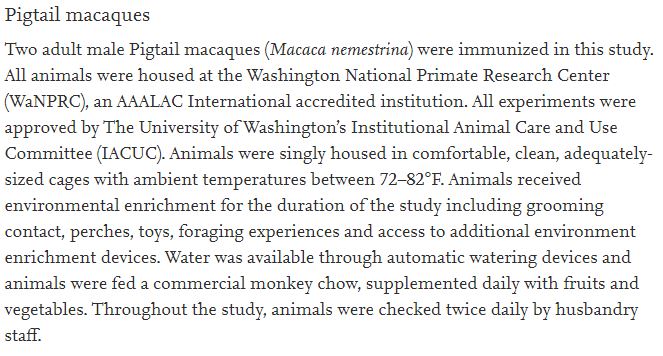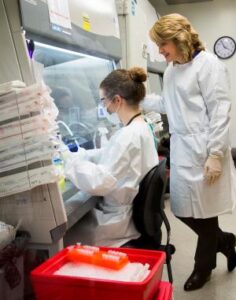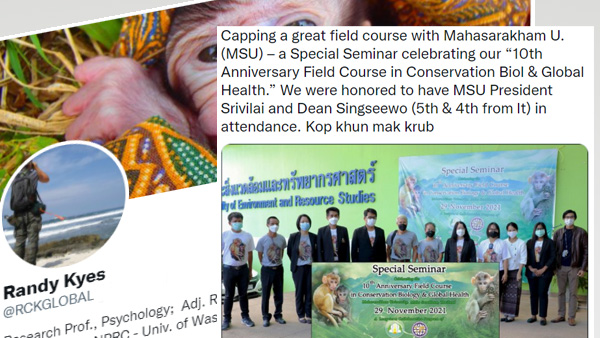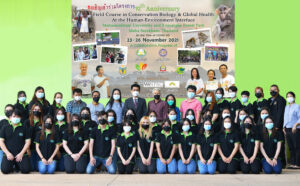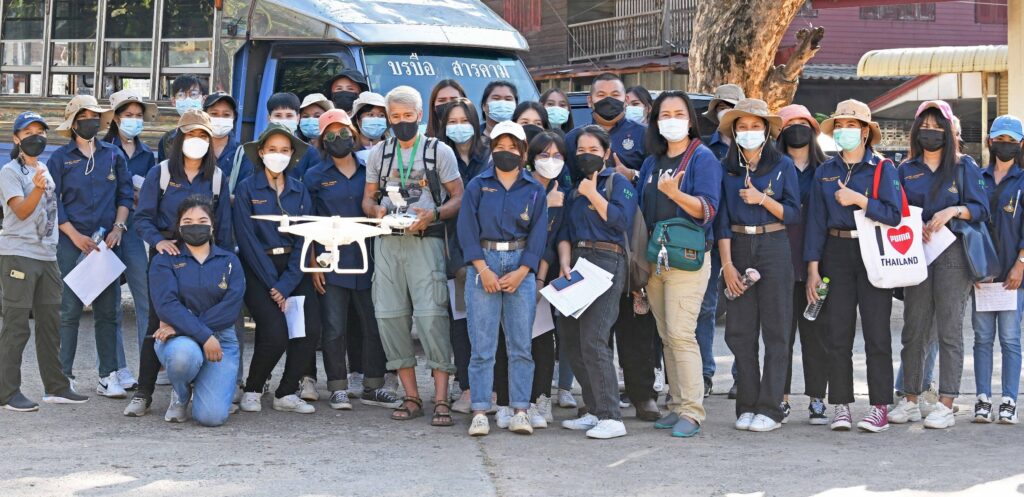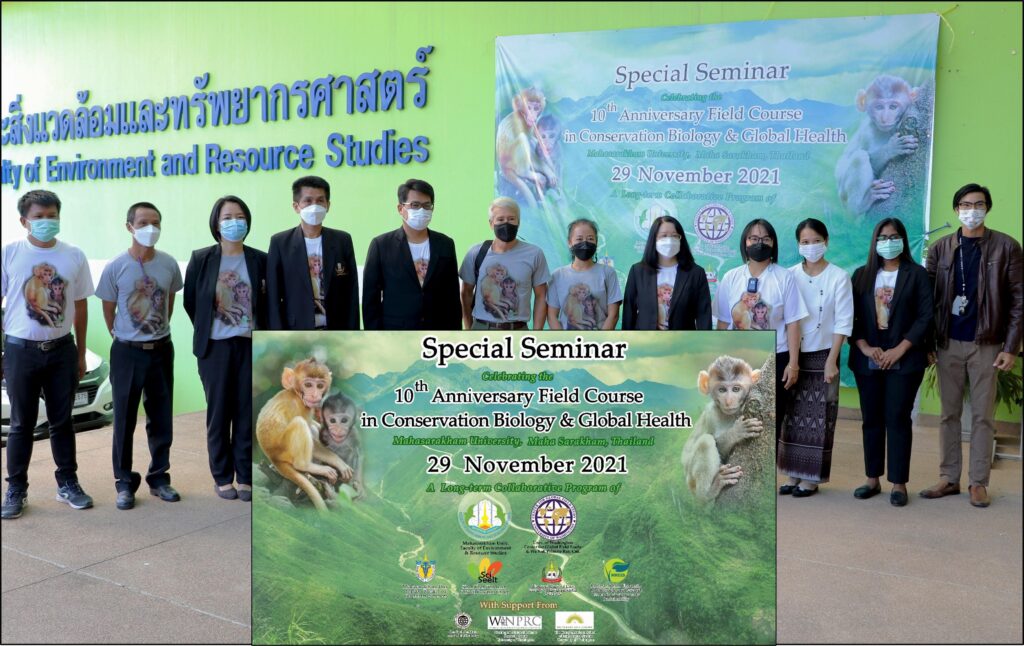
The WaNPRC Pilot Program provides funding to collect preliminary data for future funding opportunities. The goal is to fund projects with innovative research endeavors that have translational implications to move toward human applications. This year there was a competitive pool of applications and we were able to provide funding to 2 projects.
Please join us in congratulating the Grant Year 60 recipients of the WaNPRC Pilot Program which exemplify the commitment to cutting edge science, collaboration and also support the 3Rs (Reduction, Refinement and Replacement) of animal use.
- Kevin Hybiske, PhD, (University of Washington, Global Health, Medicine – Allergy and Infectious Disease, Microbiology) – “Identification of the immune correlates leading to clearance of a genetically attenuated Chlamydia trachmatis strain in the cervix of pig-tailed macaques”
Abstract: Chlamydia trachomatis (CT) is the most common sexually transmitted bacterial infection worldwide. The lack of a preventative vaccine is in large part due to our poor understanding of the natural history of infection and the immune correlates of protection against CT infection and reinfection. We recently identified a virulence factor (GarD) in CT that is critical for the infection of pig-tailed macaques, and we showed that this protein functions in vitro to disrupt a major intracellular immune defense pathway. Our preliminary data indicate that this is a species-specific virulence factor and an important contributor to CT tropism for humans and nonhuman primates. Published and unpublished data by our team have shown that CT strains with null mutations in this gene are attenuated for growth in the female macaque cervicovaginal infection model. In this pilot study, we will determine the key parameters for infection and clearance of this novel genetically attenuated CT strain, through evaluating immune markers associated with clearance of the mutant strain and protection against re-challenge with wildtype CT. Our goal is to generate critical data for a subsequent NIH grant application focused on pursuing the vaccine potential of this strain and determining the immune correlates of protection against CT in humans and primates.
- Erik Settles , PhD, (Northern Arizona University) – “Identification of Valley Fever epitopes and TCR clones in naturally exposed pig-tailed macaques”
Abstract: Coccidioidomycosis (Valley Fever (VF)) is caused by two species of fungi, Coccidioides immitis and C. posadasii, with highest reported prevalence in Arizona and California. Due to similar clinical presentations, VF is frequently misdiagnosed and mistreated as bacterial or viral pneumonia, resulting in unnecessary antibiotic use and unresolved illness. Severe VF manifests in <5% of symptomatic cases but can be life-threatening. T cell responses play an important role in vaccine-induced protection in animal models and appear to be critical for resolution of infection in humans. The objective of this proposal is to identify T cell clones and their associated epitopes that are generated in pig-tailed macaques, a potential model for VF disease and vaccination. Our focus on the pig-tailed macaque model is due to their established VF susceptibility and the availability of naturally-infected colony animals from the WaNPRC Arizona Breeding Colony (ABC). The Arizona macaque disease incidence is similar to the Arizona human population and represents a valuable source of biospecimens. Live PBMC cells from naturally exposed and non-exposed pig-tailed macaques will be collected from the ABC or in Seattle. Macaque immune cell samples will be stimulated with Coccidioides-specific peptides, sorted, and TCR sequenced. Reactive antigens, epitopes, and TCRs will be identified using a set of peptides already in-house and reactivity will be correlated with data from human studies. If successful, this project will generate preliminary data for future grant applications, identify peptide epitopes and TCR sequences for diagnostic purposes, and provide initial antigenic targets for vaccination studies.
The WaNPRC performs critical biomedical research leading to new advances in science and medicine. WaNPRC researchers are working to develop effective vaccines and therapies for HIV/AIDS and other infectious diseases as well as new advances in genetics, neuroscience, vision, and stem cell biology and therapy. The WaNPRC directly supports the National Institutes of Health’s mission to translate scientific advances into meaningful improvement in healthcare and medicine.
